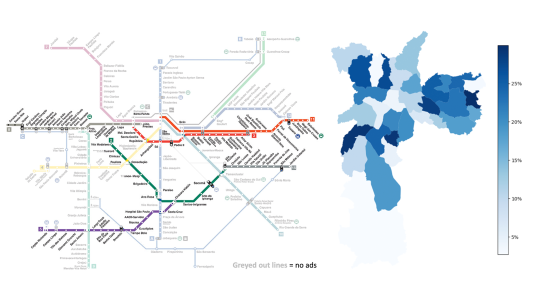We are looking for a Principal Economist at the frontier of applied econometrics to join the Last Mile Economics team. They will develop rigorous but interpretable models to understand the past and present, predict the future, and identify relevant risks and opportunities across all the Last Mile programs. The team supports Amazon Flex, the Delivery Service Partner program, and the Hub Delivery Partner program. This leader will build tools to forecast the internal and external drivers of the engagement and effectiveness of our transporters. These tools will enable Amazon to innovate ways to incentivize our transporters to deliver for our customers in the short, medium and long term. They will also build econometric models of dynamic systems using our world class data tools, and formalize problems using rigorous science to solve business issues and further delight customers. Key job responsibilities The ideal candidate will have extensive knowledge of both the theory and practice of econometrics, strong collaboration skills, proven ability to lead highly ambiguous and large projects, and a drive to deliver results. They will work closely with and influence a broad set of stakeholders across Last Mile. They will partner closely with Economists, Applied Scientists, Research Scientists, and software engineers to integrate their forecasts and estimates into a larger ecosystem of predictive and optimizing models; with Product leaders to help define analytic product use cases, requirements, and success critera; with Operations and Financial leaders to drive adoption of these tools in both day-to-day operational settings as well as in financial forecasting exercises; and with Leadership to share insights, learnings, and recommendations for taking opportunities and mitigating risk. This position is well suited for economists adept at combining time-series statistical methods with rigorous structural microeconomic modeling and causal inference. It could be a good fit for candidates with research experience in: macroeconometrics and/or empirical macroeconomics; time-series econometrics; forecasting; financial econometrics and/or empirical finance; and the use of micro and panel data to improve and validate traditional aggregate models. A day in the life Economists at Amazon partner closely with senior management, business stakeholders, scientist and engineers, and economist leadership to solve key business problems ranging from Amazon Web Services, Kindle, Prime, inventory planning, international retail, third party merchants, search, pricing, labor and employment planning, effective benefits (health, retirement, etc.) and beyond. Amazon Economists build econometric models using our world class data systems and apply approaches from a variety of skillsets – applied macro/time series, applied micro, econometric theory, empirical IO, empirical health, labor, public economics and related fields are all highly valued skillsets at Amazon. You will work in a fast moving environment to solve business problems as a member of either a cross-functional team embedded within a business unit or a central science and economics organization. You will be expected to develop techniques that apply econometrics to large data sets, address quantitative problems, and contribute to the design of automated systems around the company. About the team The Last Mile Economics team builds forecasting, optimization, and incentive design tools to help connect supply and demand for delivery capacity across Last Mile, delighting millions of customers worldwide. Our forecasts, experimental design, causal inference, dynamic optimization, and mechanism/information design provide timely and effective incentives that shape pools of capacity across Amazon Flex, the Delivery Service Partner program, and our Hub Delivery Partner programs to meet growing demand for high-quality deliveries.



















